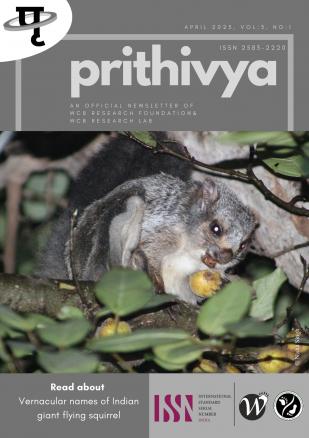


| No | Title & Author of article | ||
|---|---|---|---|
| 1 | Urban ethnobotanical study of Patan taluka, Gujarat, India Aishwarya Darji*, Juhi Gajjar, and Hitesh Solanki |
Ethnobotany is the study of traditional knowledge associated with plants in a social group such as |
Full Text |
| 2 | A Review on Saraca asoca and Strychnos nux-vomica Anushka Agarwal*and Harshwardhan Gupta |
Ayurveda is a traditional medical system that has been used for centuries. Asoka is a sacred and legendary tree in India. Saraca asoca is a tree that is listed as Vulnerable by the IUCN. Strychnos nux vomica is a poisonous medicinal plant that is widely distributed. Different parts of this plant, primarily the seeds, have been used in classical Chinese and Indian medical systems. According to reports, Saraca asoca contains phytoconstituents like flavonoids, steroids, glycosides, saponins, carbohydrates, and proteins. |
Full Text |
| 3 | Feeding behaviour and dietary preference of Hornbill Species in Indian subcontinent Nigam Ruchira*, Siddiqui Asif Ahmad, Singh Chitra |
Hornbills are good indicators of the health of forests because they require large tracts of primary forest with large trees for nesting (Poonswad and Kemp 1993). Hornbills are good indicators of the health of forests because they require large tracts of primary forest with large trees for nesting (Poonswad and Kemp 1993). Hornbills are good indicators of the health of forests because they require large tracts of primary forest with large trees for nesting (Poonswad and Kemp 1993). |
Full Text |
| 4 | Vernacular (common) names of Indian giant flying squirrel (Petaurista philippensis, Elliot 1839) and its importance in conservation Singh Nisha* and Dharaiya Nishith |
Full Text |